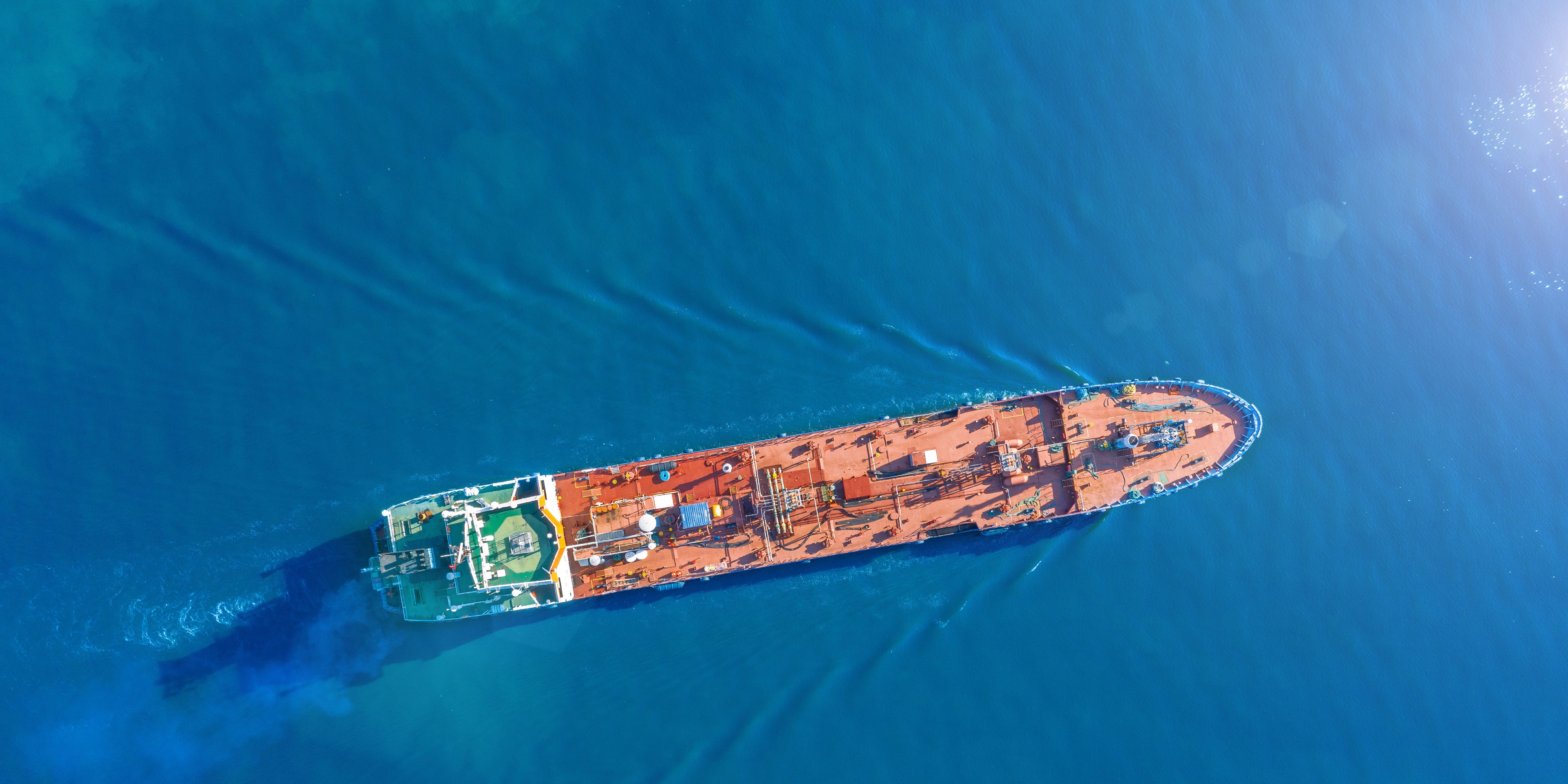As much as 1.9 million barrels of Russian diesel are in storage at sea, according to Kpler data cited by Bloomberg. That’s the most since October 2020, when energy markets were still reeling from the COVID-19 pandemic. A warm winter and new sanctions have eased demand for the commodity. Loading Something is loading.
Thanks for signing up!
Access your favorite topics in a personalized feed while you’re on the go.
As much as 1.9 million barrels of Russian diesel have been put into floating storage due to lack of buyers, according to Kpler data cited by Bloomberg.
That’s the largest at-sea buildup since October 2020, when global energy markets were still reeling from the COVID-19 pandemic, which triggered a sudden collapse in demand.
A record number of Russian diesel cargoes were sailing last week without a destination, Bloomberg reported.
The growing stockpile of unsold diesel comes amid an unseasonably warm winter that has reduced consumption of heating fuels.
Meanwhile, the European Union imposed additional sanctions on Russia early in February, banning refined oil products and imposing price caps alongside G-7 countries.
Before the sanctions took effect, Europe imported considerable amounts of fuel in preparation for winter. But with a warmer-than-usual season, demand for diesel has eased and Europe enjoys its largest stockpile in years.
Russia is having trouble finding buyers for its crude oil as well. A cargo of Russian oil is headed to West Africa, a region that produces crude and presumably has little use for Moscow’s supplies.
On Friday, a tanker named Theseus arrived in Ghana, carrying about 600,000 barrels of Russian crude, according to Bloomberg. Ghana itself is an exporter of crude and sits next to Nigeria and Angola, the two largest oil-producing countries in sub-Saharan Africa.
The EU similarly banned Russian crude and imposed a price cap in December. The punitive measures are part of a series of sanctions from the West, after Russian President Vladimir Putin launched the war on Ukraine last February.
The embargoes and price caps are designed to keep Russian energy flowing to global markets while hitting the revenue the Kremlin can generate for its war efforts.
